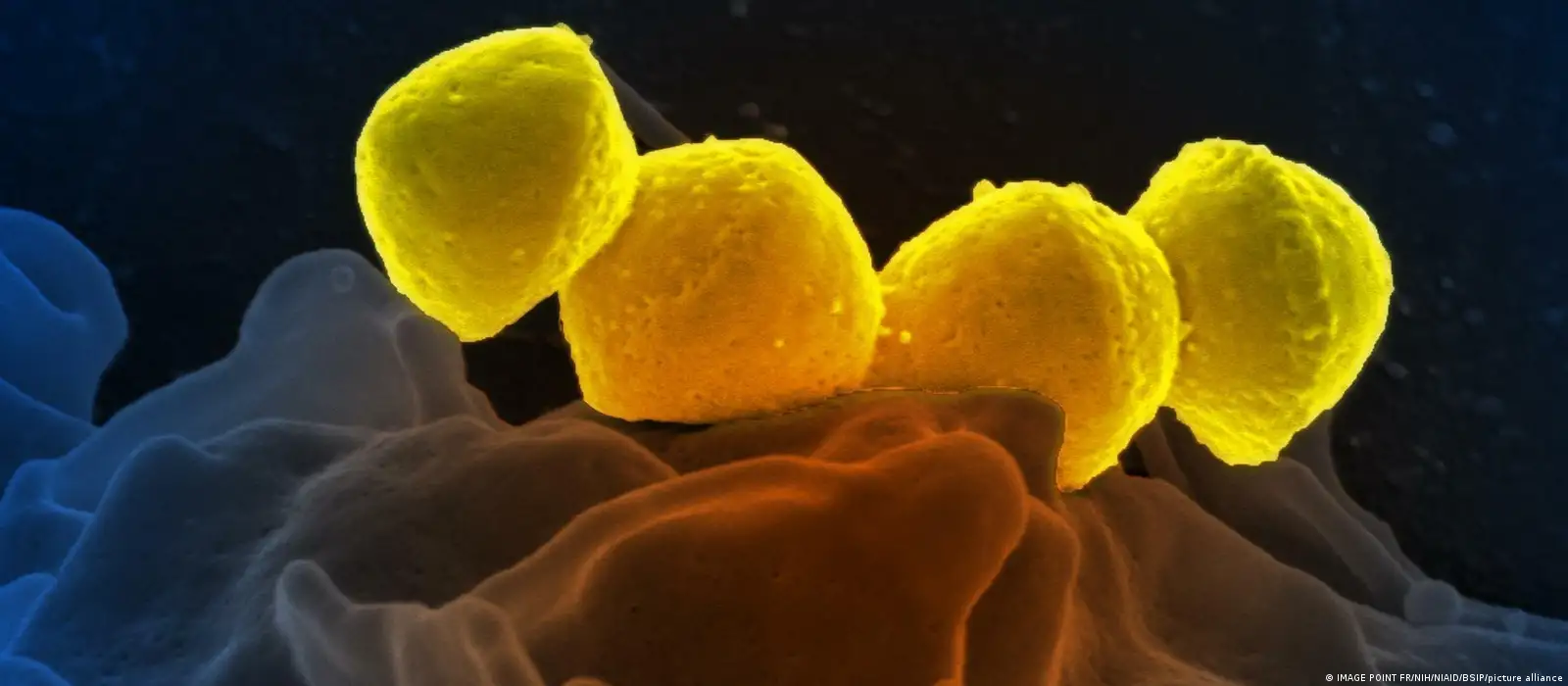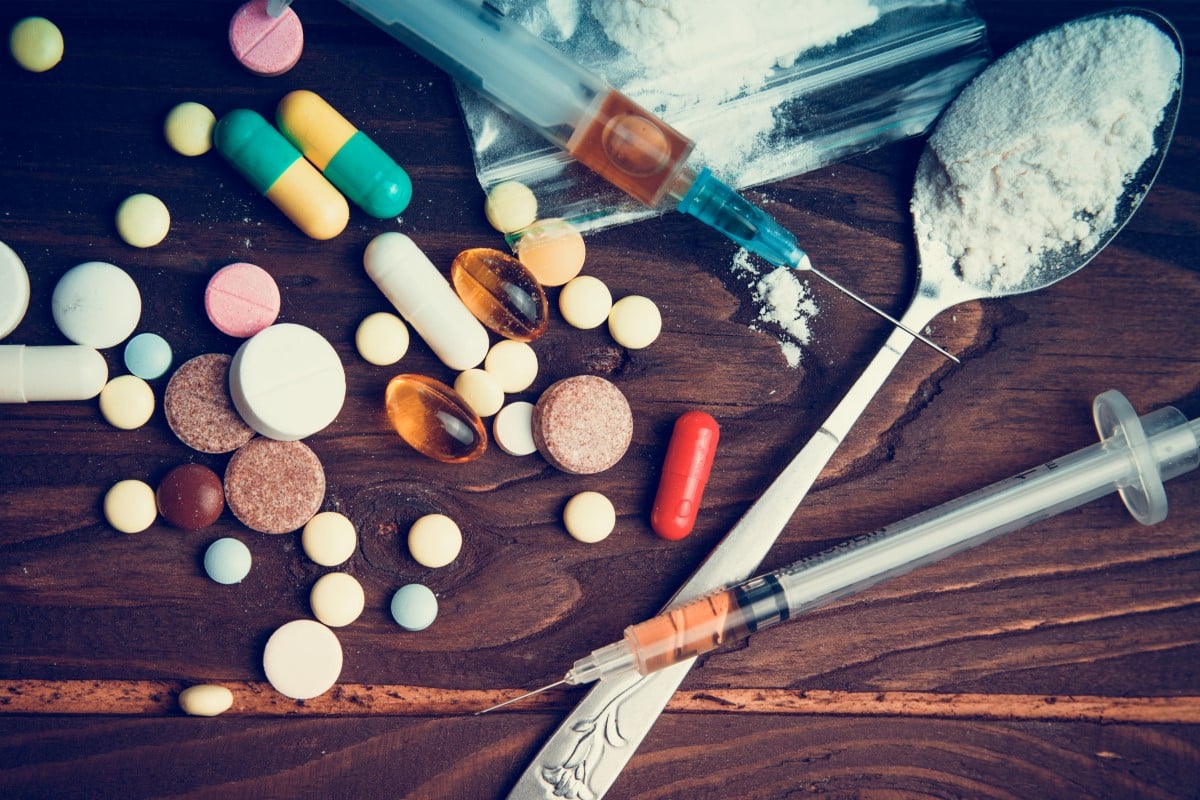Streptococcal toxic shock syndrome (STSS), a severe bacterial infection, has become increasingly prevalent in Japan, prompting concerns about its origins and effective prevention strategies. According to the National Institute of Infectious Diseases in Japan, there have been 977 reported cases as of June 2, surpassing last year’s total of 941 cases. This surge contrasts sharply with the 395 cases reported in the United States during the same period.
STSS is characterized by its rapid onset and potential for fatality, as highlighted by the Centers for Disease Control and Prevention (CDC). Initial symptoms include fever, chills, muscle aches, nausea, and vomiting, followed by limb pain and swelling. Within 24 to 48 hours, low blood pressure can lead to organ failure, elevated heart rate, and rapid breathing, with mortality rates reaching up to 30% even with treatment.
The infection is caused by toxins released by Streptococcus pyogenes, commonly known as Group A Streptococcus (GAS), which can also exacerbate conditions like strep throat and skin infections. Dr. Céline Gounder, an infectious disease expert, warns that severe GAS infections can progress to affect the bloodstream, lungs, or cause necrotizing fasciitis (“flesh-eating” infections), with mortality rates ranging from 30% to 60%.
Preventive measures against severe GAS infections include vaccinations for influenza and chickenpox, aimed at reducing overall infection risks. Close contacts of individuals with severe GAS infections, particularly those who are immunocompromised, pregnant, or have open wounds, should consider prophylactic antibiotics.
Individuals at higher risk of STSS include those over 65, individuals with skin injuries, and those with underlying medical conditions such as diabetes or alcohol use disorder. Similar increases in GAS infections have been observed in other countries like the UK, Ireland, France, the Netherlands, and Sweden since late 2022, emphasizing the global nature of this health concern. Dr. Gounder underscores the importance of robust infectious disease surveillance and control measures worldwide to combat the spread of STSS and related infections effectively.











